How Do I Move Windows 10 to My Ssd
Why do you need to migrate Windows 10/11 to M.2 SSD?
An M.2 SSD, originally known as the Next-Generation Form Factor (NGFF), is a solid-state drive that conforms to a computer industry specification written for internally mounted storage expansion cards of a small form factor.
It takes up less room than 2.5-inch SSDs or HDDs, and is generally faster. As a result, there's a growing need to migrate Windows 10/11 to M.2 SSD nowadays.

You've probably had this experience: after long-term use, your HDD runs slowly and even takes minutes to boot up. In this case, upgrading HDD to SSD is a more efficient way rather than optimizing the old hard drive, because typically, an SSD has faster reading & writing speed, low power consumption and zero noise.
All these advantages make SSD a better choice as boot drive. And M.2 SSD, with its amazing speed and mini size, has been more and more widely applied in PCs, especially high-end laptops. In this post, we'll share the approaches to migrate Windows 10/11 to M.2 SSD for better performance.
How to transfer Windows 10/11 from HDD to M.2 SSD
Generally, there are two ways of moving Windows 10/11 from HDD to M.2 SSD. You can either use Windows built-in tool or a third party disk cloning tool. Either way you choose, you need to do some preparations first:
◆ Clean up your old hard drive. Delete unwanted files, uninstall unnecessary apps, perform a disk cleanup, etc.
◆ Install M.2 SSD properly. Make sure your desktop or laptop's motherboard has M.2 slots, and insert the M.2 SSD to it.
Next, I will walk you through the detailed steps of each way.
Way 1. Using Windows built-in tool to transfer Windows 10/11 to M.2 SSD
You can create a system backup and then restore it on SSD.
Step 1. Type "backup" in the Search Box, select Backup settings and then Go to Backup and Restore (Windows 7). Then click Create a system image.
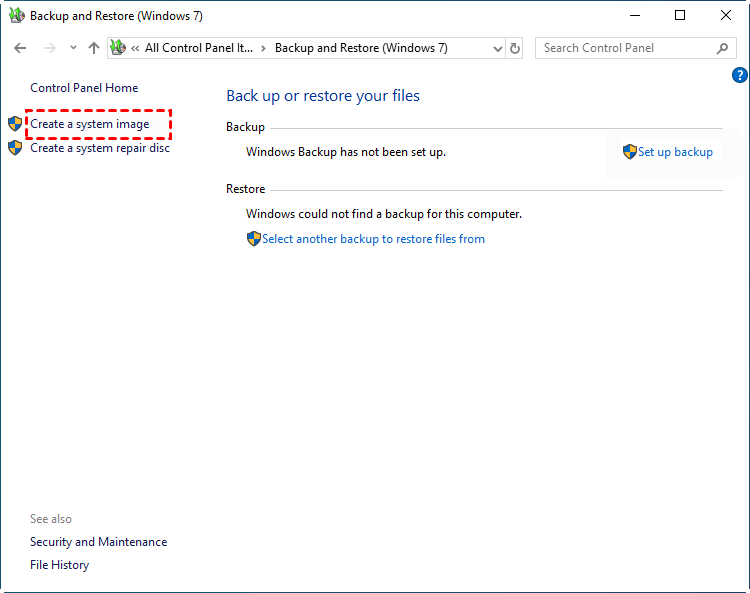
Step 2. Select an external hard as destination place to save your backup.
Step 3. The system drive and system reserved drive are included by default. Click Next to continue.
Step 4. Confirm the settings and click Start Backup.
Step 5. Download Windows 10 Media Creation tool and make a bootable USB.
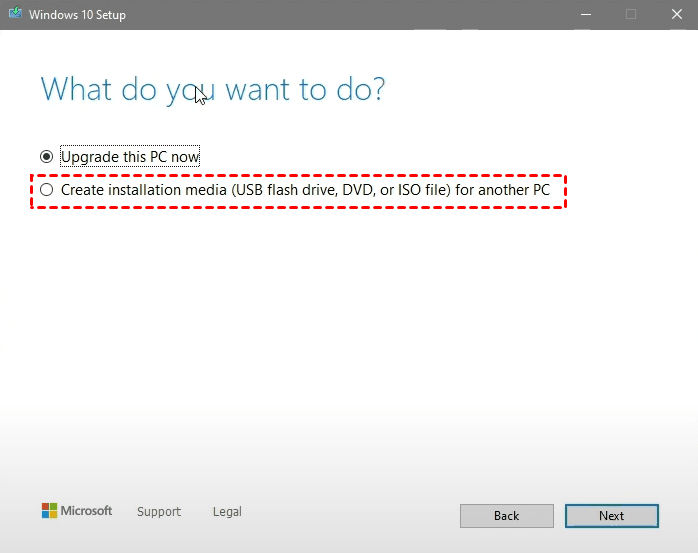
Step 6. When the bootable USB drive is finished, shut down the computer and connect SSD. Go to BIOS when booting and change the boot device to USB drive.
Step 7. Click Repair your computer, then go to Troubleshoot->Advanced Options->System image recovery.

Step 8. Here you will go to the Re-image your computer screen, click Use the latest available system image(recommended). And then click next and follow the instruction to complete the restore process.
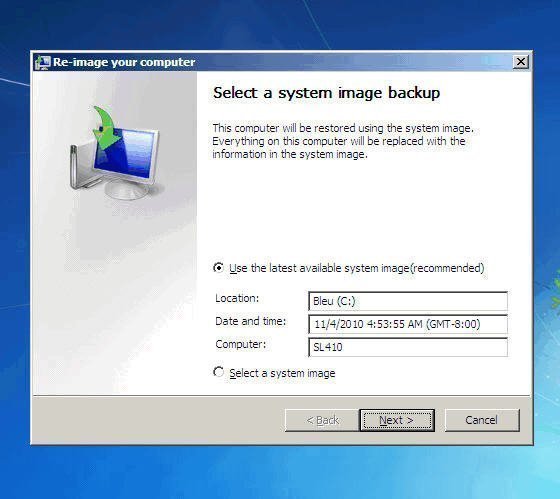
Way 2. Using M.2 SSD cloner to migrate Windows 10/11 to M.2 SSD directly
As you can see migrating Windows 10/11 to M.2 SSD via Windows built-in tool is kind of troublesome, to make things easier, you can use M.2 SSD cloner.
AOMEI Backupper Pro is powerful and safe system clone software which allows you to transfer Windows 10/11 to SSD without reinstalling Windows. Besides Windows 10/11, it also supports Windows 7/8/XP/Visa. It is very easy to use. With only a few clicks, you can clone OS to SSD. Let's see how to clone Windows 10/11 to M.2 SSD step by step.
Step 1. Install AOMEI Backupper and open the software. Click Clone and Select System Clone. If you want to transfer the entire hard drive, choose Disk Clone instead.
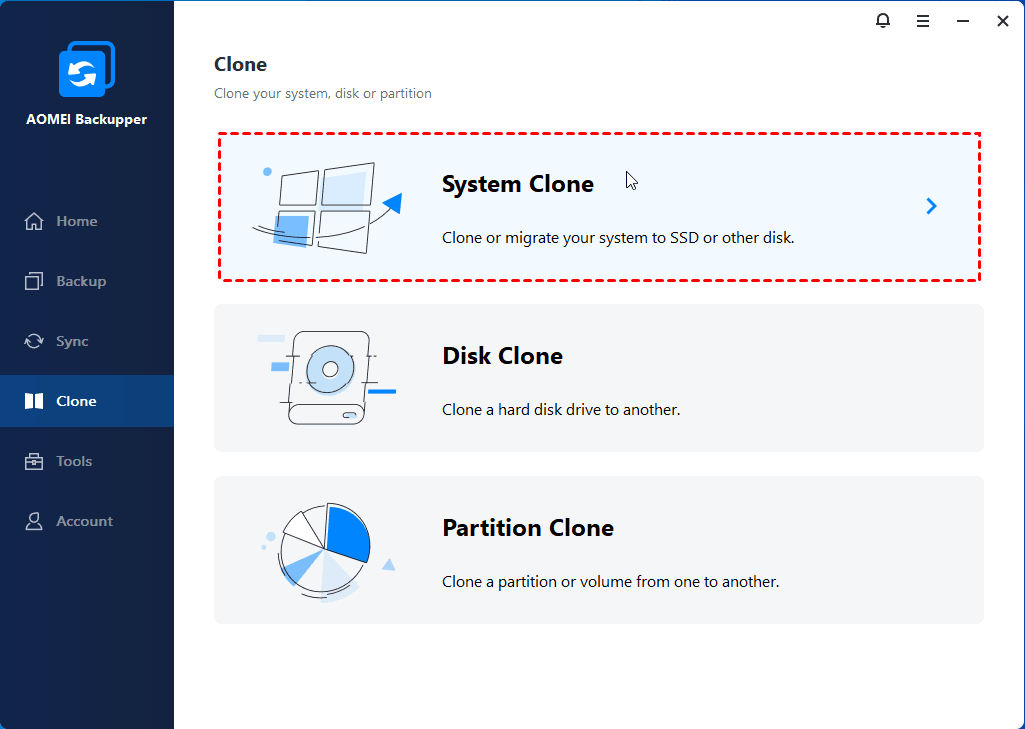
Step 2. The system partitions will be selected automatically, you just need to select the M.2 SSD as the destination disk, and click Nextto continue.
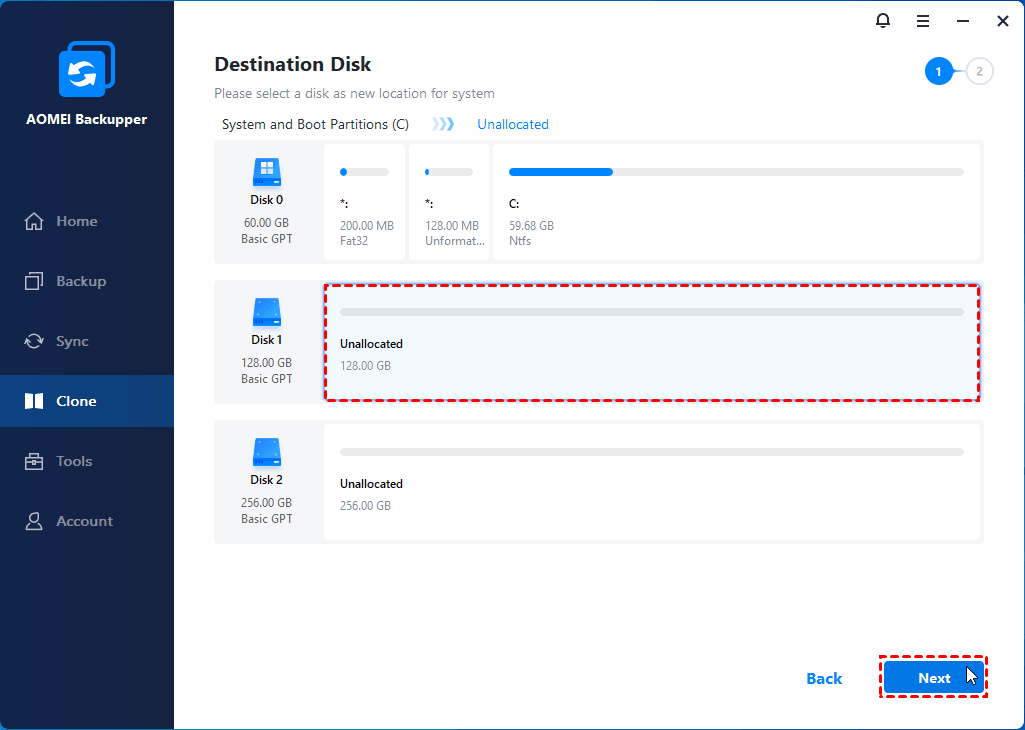
Step 3. Since your target is an M.2 SSD, you could check SSD Alignment to accelerate its reading and writting speed. Then click Start Clone to execute the cloning task.
The default intelligent cloning mode copies only used sectors, which allows you to clone larger HDD to smaller SSD. If your target disk has larger capacity, you could also tick Sector By Sector Clone to copy all the sectors.
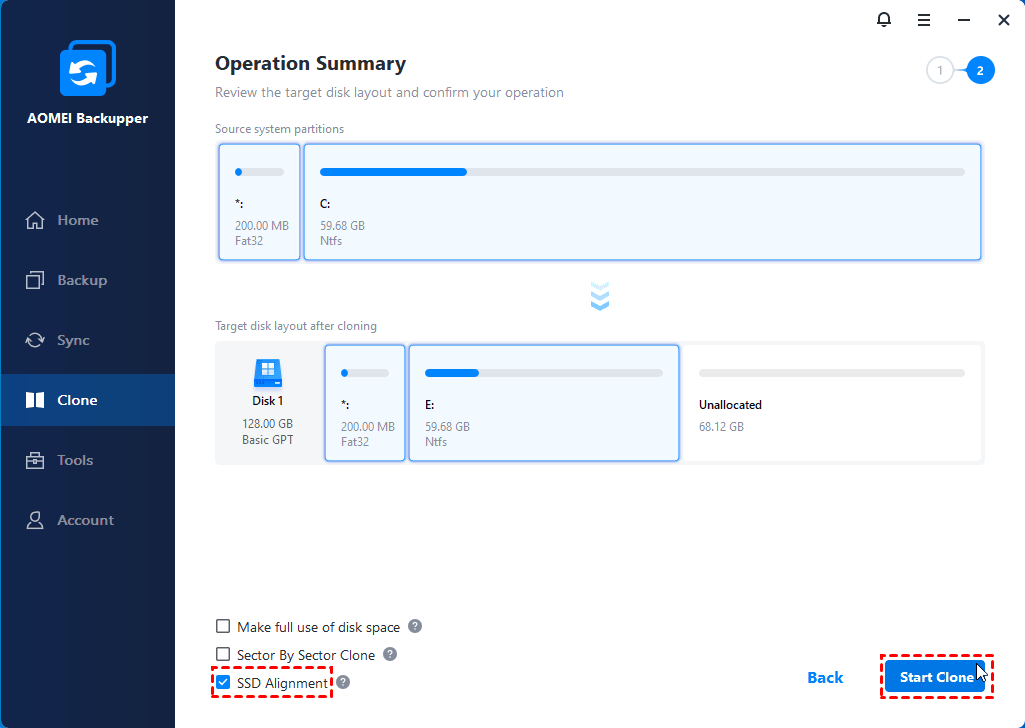
Only a few clicks, you can migrate Windows 10/11 to M.2 SSD with the help of AOMEI Backupper. But if you want to use it on different computers without installing agin, it's suggested to upgrade to AOMEI Backupper Technician.
It allows you to create portable version of this software on USB drive and directly run off the flash drive without installing again. Then, you can use all the features of it including System Clone on any computer.
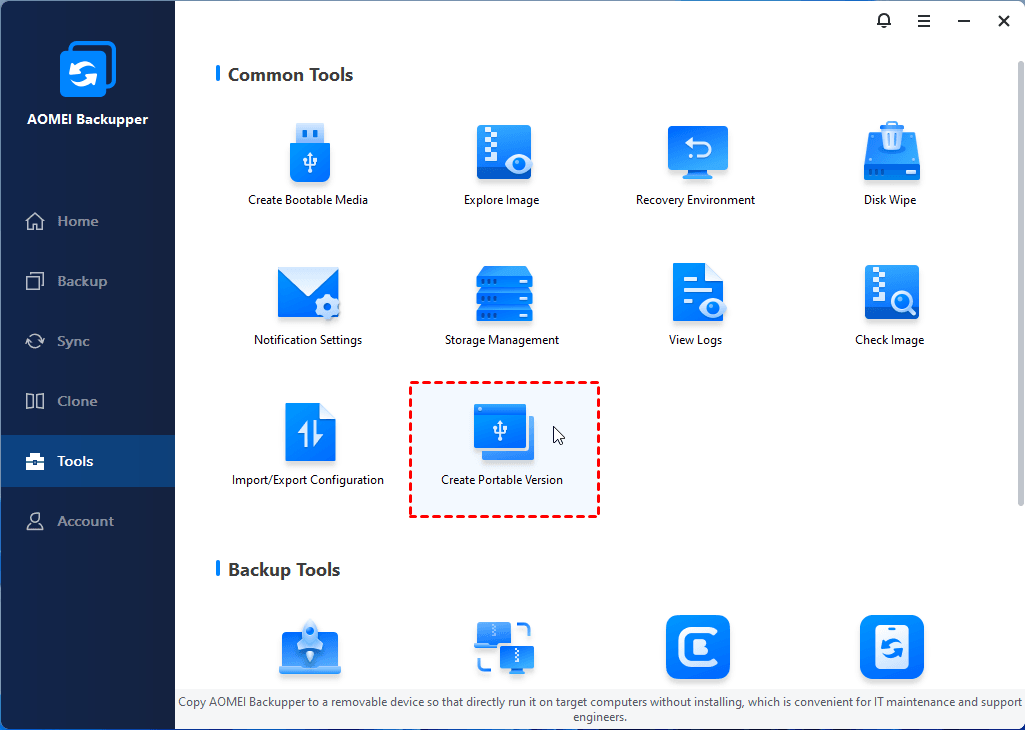
Tips on booting from the M.2 SSD
After cloning, you can go to BIOS and change the boot device to boot from the M.2 SSD.
● Restart your PC and press the manufacturer specified key to enter BIOS. It could be F2, F10, F12, Del, etc. If you are not sure, consult your user manual or search on the Internet.
● In BIOS menu, go to "Boot" tab and select the M.2 SSD as the first priority in boot order.
● Press "F10" to save the changes and exit.
Conclusion
To transfer Windows 10/11 from HDD to M.2 SSD for better performance, AOMEI Backupper is a good assistant for its convenient cloning feature. It enables you migrate the entire disk or only the operating system within several simple clicks.
Besides, you still can use it to transfer Windows from SATA SSD to M.2 SSD, clone SSD to larger SSD, clone NVMe SSD, clone hard drive to Samsung SSD, and replace laptop HDD with SSD, etc.
If you want to protect unlimited computers within your company, you can pick AOMEI Backupper Technician. And with the inbuilt AOMEI Image Deploy tool, you are also allowed to deploy/restore system image file on server-side computer to multiple client-side computers over network.
How Do I Move Windows 10 to My Ssd
Source: https://www.ubackup.com/windows-10/migrate-windows-10-to-m-2-ssd.html